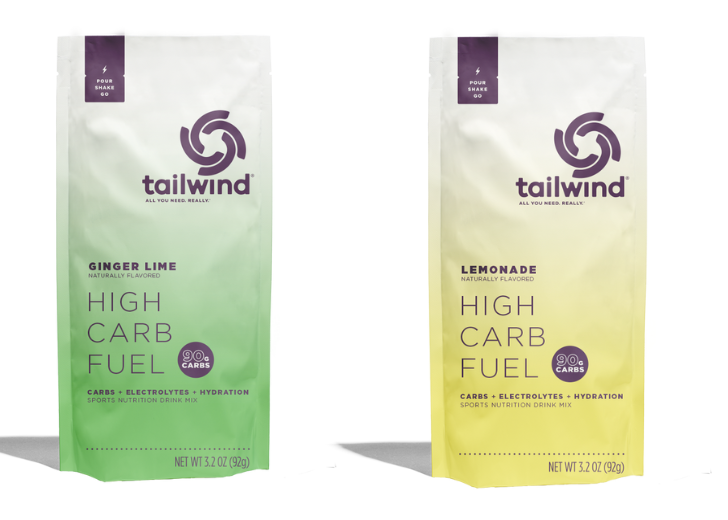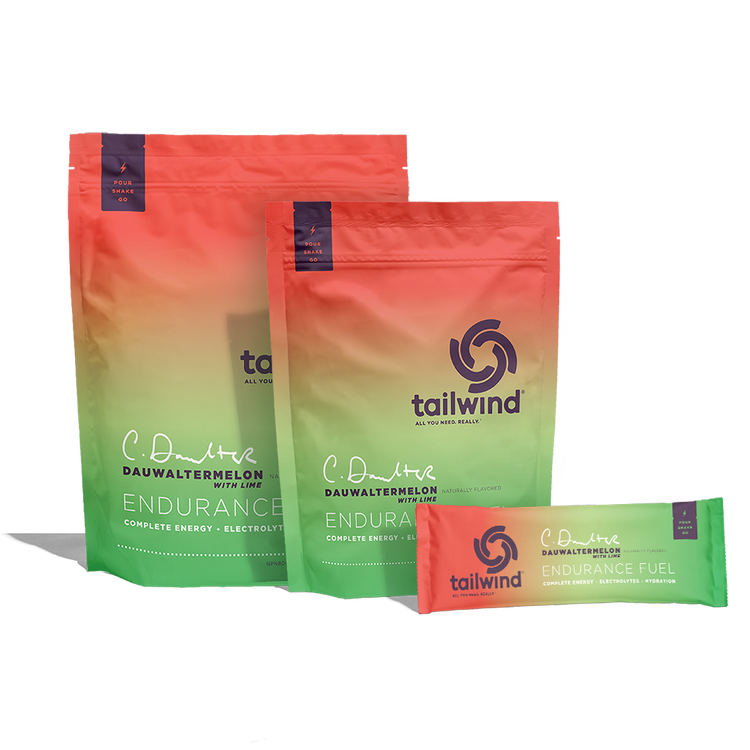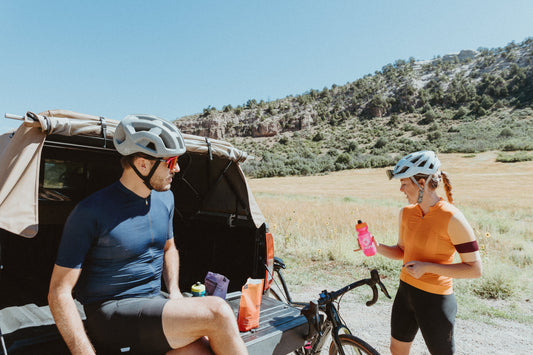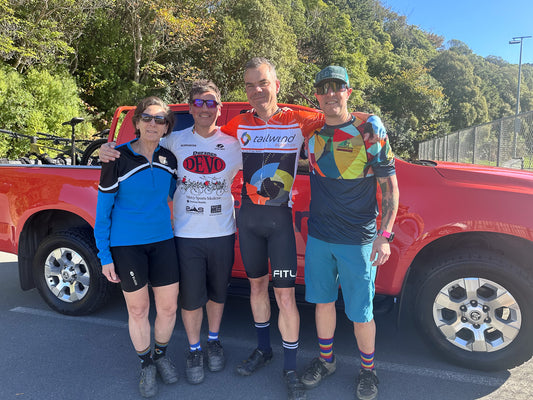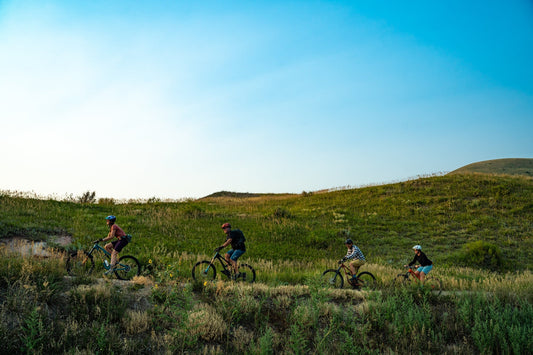Iron Horse Road Race Training and Fueling
0 Comments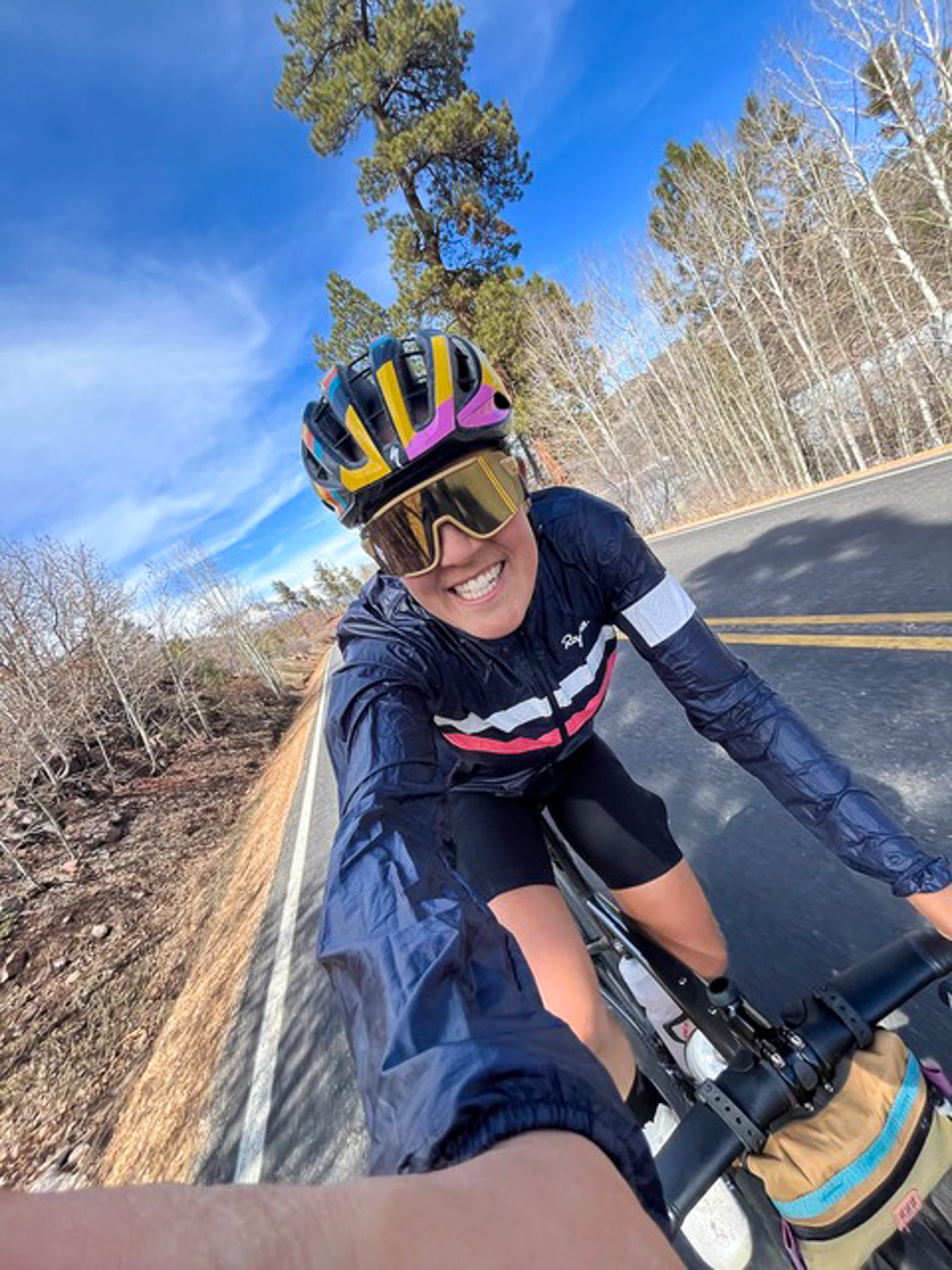
Over 50 years ago, the Iron Horse bike race was born when brothers Tom and Jim Mayer bet on who could win to their destination in Silverton: the bicycle or the steam engine. The wager? A Candy bar. The result? Tom (on the bicycle) waiting for Jim at the station. He won despite having a much more challenging route with two mountain passes. Today, it is celebrated by racers and bike enthusiasts alike! We will dive into what it looks like to train and fuel as an athlete (Ellen Campbell) and a timed race (Maggie Guterl)
Ellen:
The Iron Horse Bicycle Classic road race is always a fun and hard spring event at home (Durango, CO) that fits nicely in my otherwise busy race calendar. This 50-mile, race through the mountain passes is a perfect opportunity to practice some pre-race training strategies and to implement my fueling plan for what generally ends up being a very hard few hours.
Training: For training before the IHBC, I am generally riding a decent amount, 15-20 hour weeks, to prepare for other spring races I have on the calendar. However, for the Iron Horse specifically, I aim to spend more training on my road bike and I tend to ride up to Purgatory or the passes at least a couple of times before race day. I also try to do the Tuesday night Wheel Club rides to spend some time riding in fast-moving groups.
Nutrition: Fueling-wise for this challenging event, I think of this race as a solid 3-hour effort. Therefore, I aim to bring enough nutrition and water to sustain higher intensity riding for 3 hours without stopping; which for me looks like 2 large bottles of Tailwind Endurance Fuel with 3 scoops in each. This gives me roughly 600 calories in liquid form. I also will bring a handful of gummy bears or some quick digesting sugar to eat while the pace is slower. For me, having most of my calories and electrolytes in liquid form in my bottles helps me take in fuel consistently and frequently throughout the race, which is important for a longer sustained hard effort like the IHBC road race. Another aspect I try to keep in mind is the altitude of the event. Our bodies require more water and calories to function properly when we are at higher elevations and adding in the extra strenuous effort we are doing during the race, it’s important to consume more water and fuel than we would at lower elevations events. This is why I use large bottles and an extra scoop of the Endurance Fuel, to cover my bases with consuming enough. It’s also important to familiarize your body with consuming the amount of calories you are going to use on race day. I generally will mix my bottles the same way I would for race day and use them during my training rides in the weeks leading up to the event. Lastly, I always have a stick pack of the chocolate recovery mix tucked away in my change of clothes bag, so when I reach Silverton I have a quick and easy way to replenish my body with calories and electrolytes!
Maggie:
I signed up for Ironhorse Classic Road Race because it is a rite of passage as a Durangoan. After struggling with an Achilles injury the past two years and attempting to return to running slowly, this was the perfect year to sign up for the Ironhorse. I was already doing a lot of crosstraining on the bike. As an experienced, ultrarunner I have a good old-fashioned base for suffering but this 50-mile road race with 5,700 feet of elevation gain scares me. Thanks to our pro cyclist Ellen Campbell, I at least had some guidance in training.
Training: January and February was a lot of indoor cycling. I tried to ride four hours a week. Ellen gave me one workout a week and I found those very difficult to complete. One week the workout could be something like 4x 5 minutes at an RPE (Rate of Perceived Exertion) of 5-6 (on a scale of 1-10.) Another week it could be a ladder where each interval you increased the cadence but decreased the interval time. My weakness was keeping the set cadence for any given interval.
Ultimately as the weather got nicer and I was able to run more miles, my time in the saddle decreased. I will be trying to ride as much as I can over the next few weeks but my fitness will ultimately come from a variety of different exercises and not just cycling. Lifting weights has been an important part of my training and will keep me injury-free going forward. I am excited to challenge myself and see what it is like to ride the Ironhorse. And maybe… just maybe beat the train to Silverton.
Nutrition: Although my training isn’t perfect, nutrition is not something I am stressing. I will prefill two large bottles with two scoops each of Endurance Fuel and try to drink those by the time I reach Coal Bank Pass. If I need to I will refill one at Coal Bank for the final 1000 feet climb to Molas Pass before a screaming fast descent to Silverton and the finish line. Upon finishing, the first thing I will do is head straight to the Tailwind tent to fill one bottle (maybe two bottles) with Tailwind Recovery. I will probably do the “swirl,” which is mixing your bottle with half vanilla and half chocolate.
